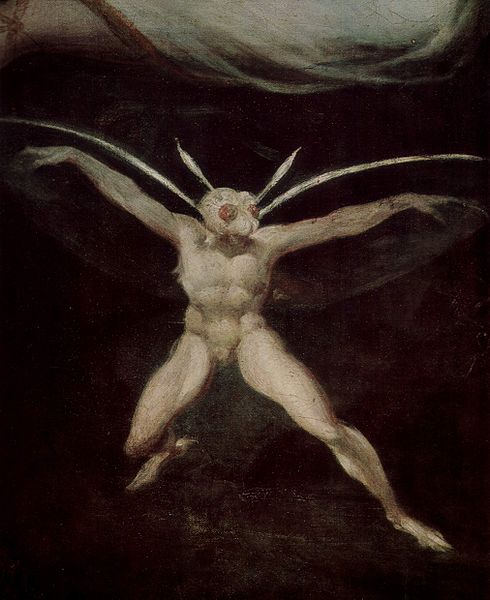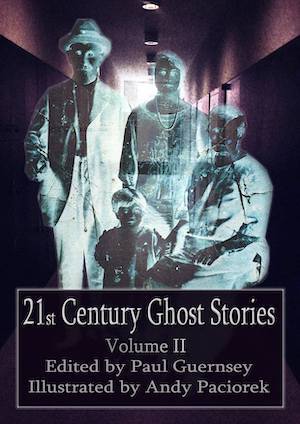
An Illustration For Shakespeare’s “A Midsummer Night’s Dream” Painted In 1793-1794 By Swiss Artist Johann Heinrich Füssli
They Once Were Equally Haunting
Perhaps we should call it folkloric evolution. Or maybe we ought to see it as a spontaneous paranormal makeover. But whatever term we use, it’s clear that fairies are viewed far differently today than they were hundreds of years ago. Back then, they weren’t always radiant, or even particularly friendly; in fact, in some places they were associated with graveyards, and the dead.
In his book The Haunted: A Social History of Ghosts, author Owen Davies tells us that as late as the 1800s, especially in Scotland but perhaps also in a few other areas of Britain, there was frequent confusion concerning what was a fairy, and what was a ghost. Both “were considered by some to be departed spirits who lingered on the earth.”
According to Davies, “Nineteenth century folklorists also identified several parallels between the two entities, noting, for instance, how both often dressed in old-fashioned garb, and liked to linger around ancient burial mounds.”
“One of the foremost experts on fairies, Katharine Briggs, summarizing a large collection of relevant fairy beliefs from Scotland, Wales and Cornwall, concluded that fairies were sometimes ‘vaguely called “spirits”, with a kind of implied suggestion that they were the spirits of the dead. Sometimes they were described without qualification as the dead, or said to have the dead among them. More often they are qualified as a special kind of dead.”
In addition, both ghosts and fairies were known to haunt specific places, and Scottish witchcraft trials sometimes centered around accusations that suspected witches had been consorting with fairies.
It is difficult to know exactly when and how fairies and ghosts diverged to become such thoroughly different creatures. Certainly the public perception of fairies began changing long before Disney came along to complete their rehabilitation via a relentless, decades-long cinematic parade of glittery, sweet-natured, invariably beneficial, and decidedly unghostlike fairies.
Nonetheless, a brighter public image hasn’t necessarily been good for fairies—not, at least, if by “good” we mean helpful in boosting belief in them. Here in the twenty-first century, the level of literal belief in fairies is extremely low—and it undoubtedly would be lower still without all the very small children who stash teeth under their pillows in order to collect cash from the Tooth Fairy.
Ghosts, by contrast, enjoy a much more powerful hold on the human imagination, with nearly a third of Americans and more than half of Britons professing belief in them.

